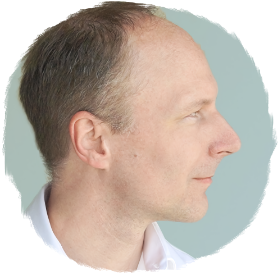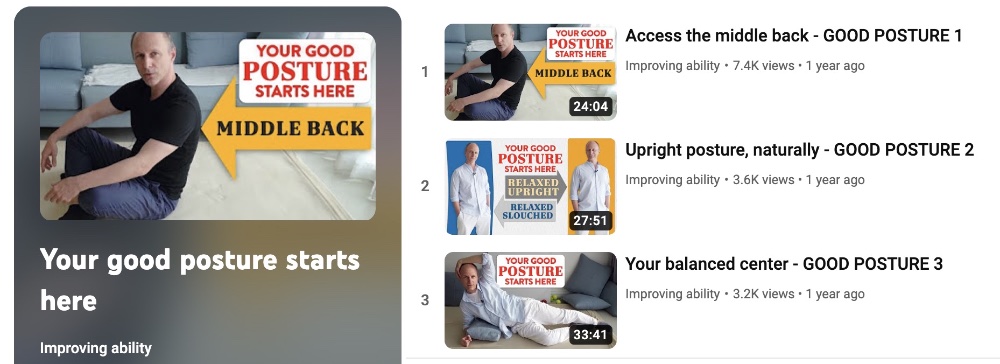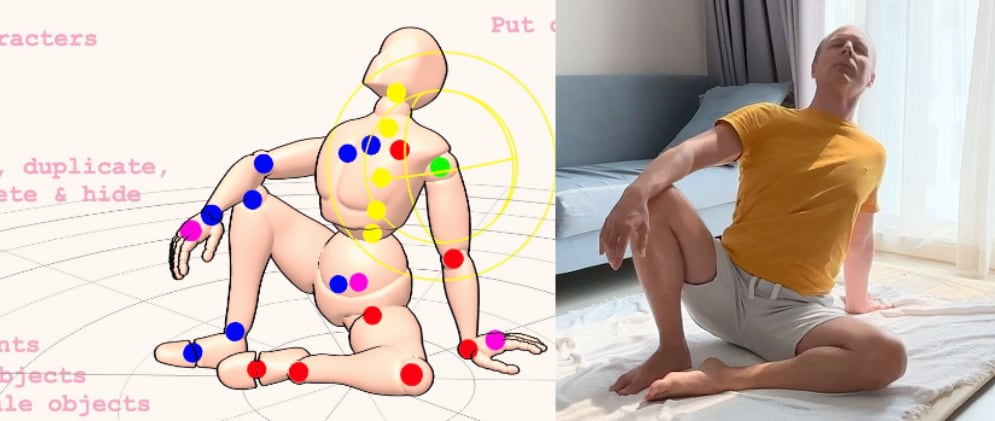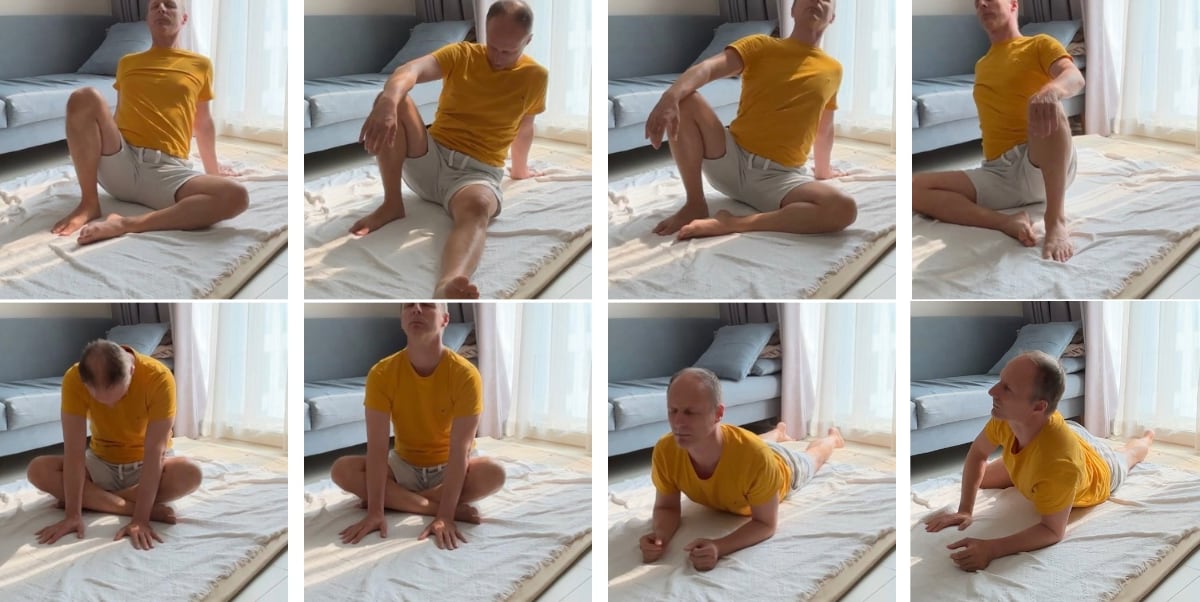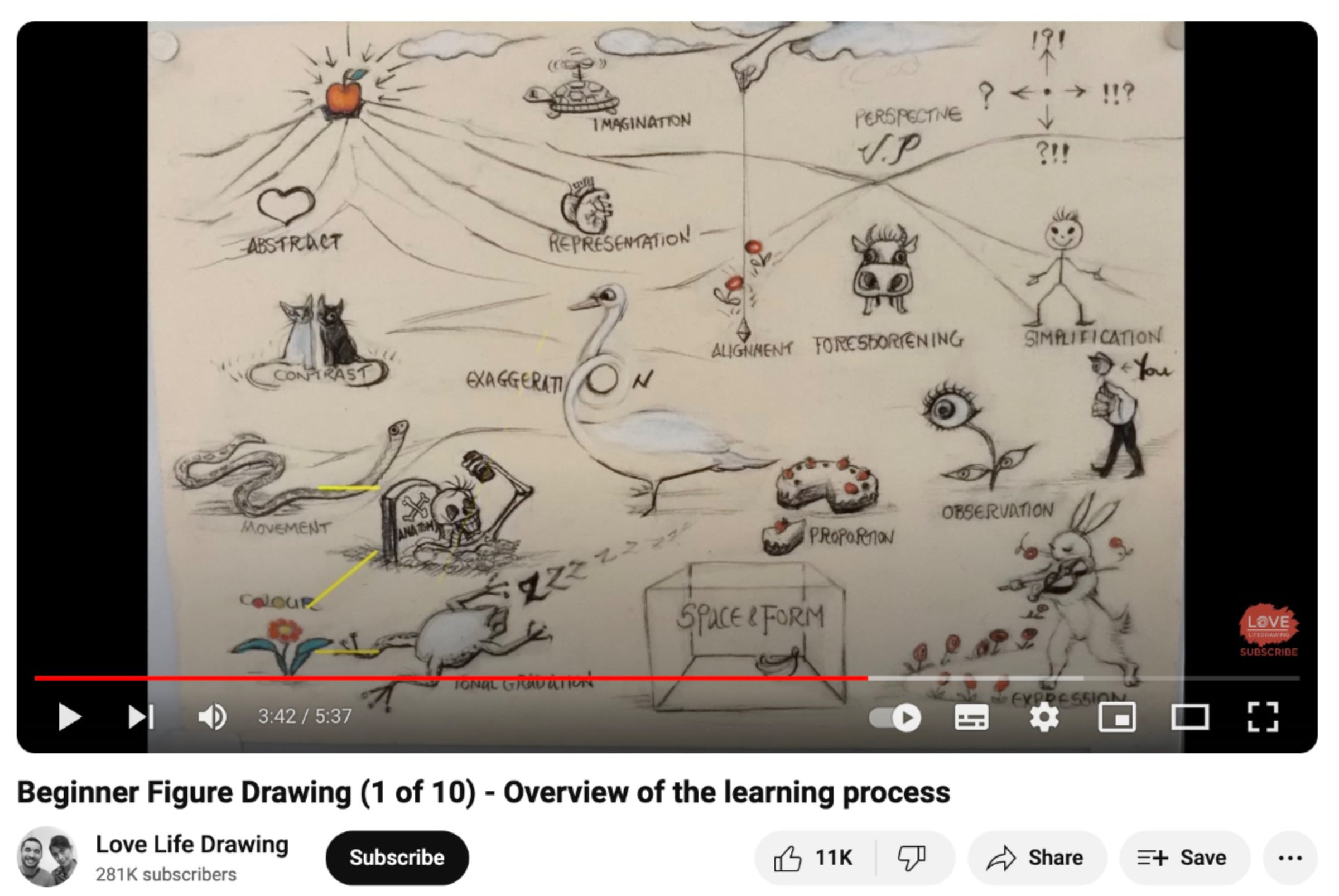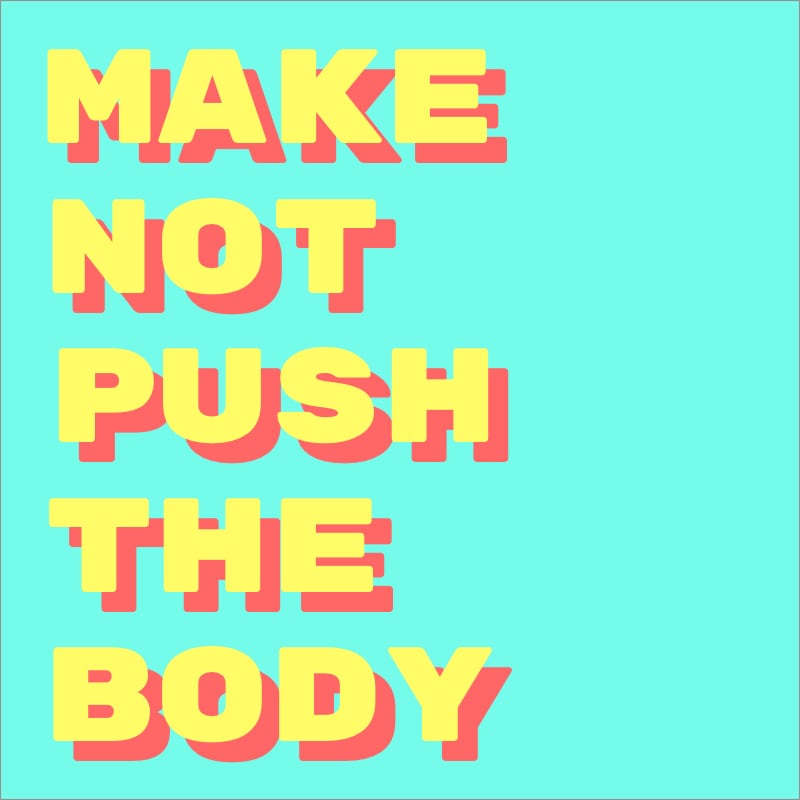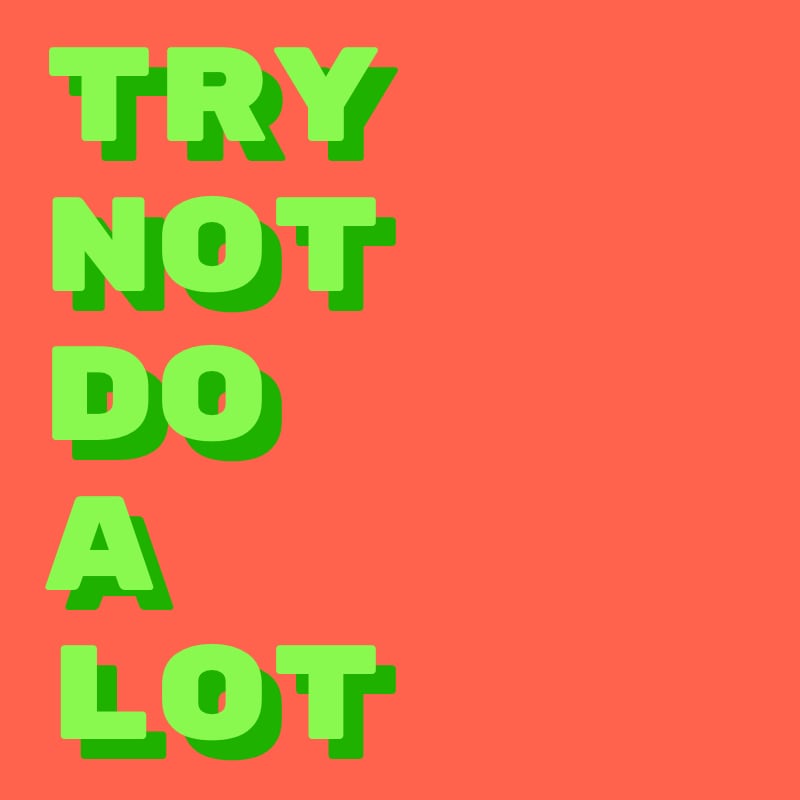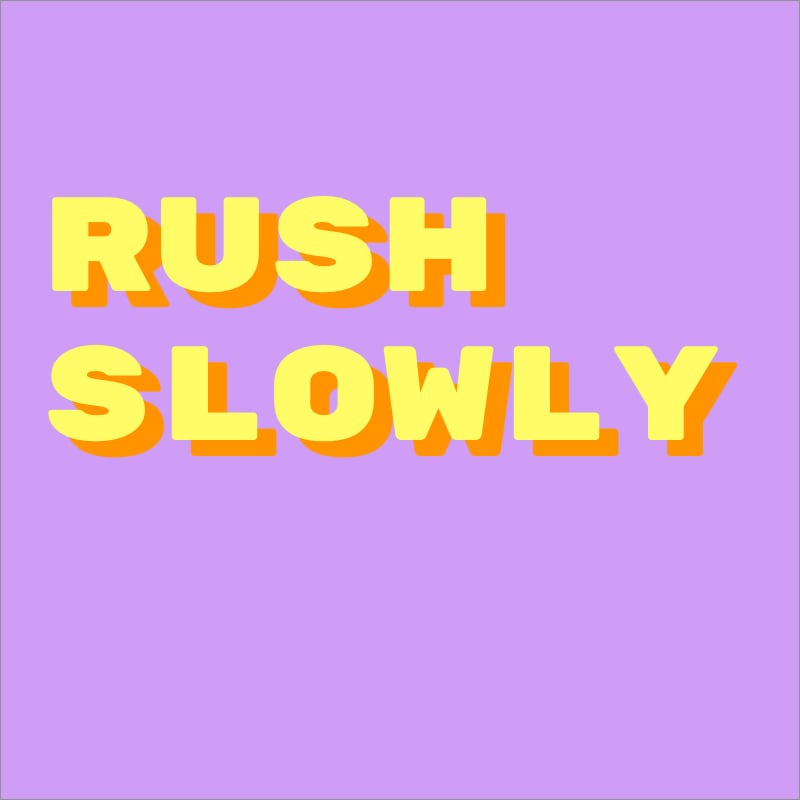I was browsing through the book, “The Elusive Obvious,“ by Moshé Feldenkrais, Chapter “Awareness Through Movement”, when this passage stood out to me:

“This seemed to me the real gist of my knee trouble. I could repeat a movement with my leg hundreds of times, I could walk for weeks with no inconvenience whatsoever and suddenly doing what I believed to be the identical movement just once more spoiled everything. Obviously, this one movement was done differently from the former ones, and so it seemed to me that how I did a movement was much more important than what the movement consisted of.”
From a biomechanics perspective we could call this motion and motor patterns. His reasoning sounds smooth, and certainly sounds like as if it could be the founding principle of the entire Feldenkrais Method.
However, his reasoning in that paragraph is also incomplete in the light of modern research. Why is that? Two explanations come to mind:
1. His argument might have been part of his greater reasoning process, and is only one step on the stairs that ultimately lead to the creation of his unique lessons.
2. Maybe we are lucky that Moshé Feldenkrais’s was more excited about exploring the subjective “how” rather than solely the observable mechanical details—as it lead to the creation of his unique lessons, and the discovery of this beautiful “Feldenkrais” movement quality, learning and experiencing.
Moshé Feldenkrais argued that one movement with his knee was done differently from the former ones, and thus lead to his trouble. But maybe that wasn’t the problem at all.

In modern research we know about perturbed motion and motor patterns, but also take into account tissue load, stress and cumulative damage. In this sense we distinguish between tolerance and capacity:
Capacity: In the context of the knees, capacity refers to the structural integrity and biomechanical properties of the joint and surrounding tissues. This includes factors such as bone density, ligament strength, cartilage health, and muscle function. An individual’s knee capacity determines the maximum load or stress that the joint can withstand without experiencing damage or dysfunction.
Tolerance: Knee tolerance, on the other hand, refers to the ability of the joint and surrounding tissues to adapt and withstand stress over time.
In this light, maybe the way Moshé Feldenkrais walked and used his knees was fine. Maybe his motion and motor patterns were completely ok. Maybe his way of walking was well within the capacity of his knees.
However, due to the severe, lasting damage from his accident playing soccer, where somebody jumped onto his extended leg and forced his knee to bend forwards (ouch), causing torn ligaments and muscles, his walking might have exceeded the tolerance of his knee. He might have been able to walk just fine for an hour, or an hour every day, but then the normal load and stress added up and the moment came where he exceeded his knee’s tolerance, and thus his knee failed again.
Therefore, his reasoning “Obviously, this one movement was done differently from the former ones” could just as well have been “Obviously, I exceeded the cumulative tolerance of my knee.” In which case the Feldenkrais Method might have become a series of strengthening exercises with weights and machines in the gym instead 😅😂
Furthermore, there’s the reality of healing. The body has a capacity to heal and repair itself to some degree. However, the wear and tear, the way and also the intensity that we make use of ourselves, as well as other lifestyle choices such as sleep, diet, smoking and drinking, etc, might impair healing; or maybe the cumulative stress we put on ourselves exceeds our capacity for healing. To take the time to lie down and to do small, gentle, slow, intelligently crafted and sequenced movements, became certainly one of the most iconic features of Feldenkrais’s lessons.
To end this blog post, a quote comes to mind, by Ludwig Wittgenstein:
“If someone is merely ahead of his time, it will catch up to him one day.”
For the longest time I was trying to make sense of this quote. Now, with today’s blog post, I finally have an example that helps me with understanding this quote. Chronic pain and movement problems might be a motivation to start exploring Feldenkrais lessons, but Moshé Feldenkrais wasn’t merely ahead of his time. Instead, he made a substantial contribution to humanity. His lessons do not only help to improve function and provide means for recovery in a humane way, but they ultimately lead to a better understanding of ourselves, our possibilities in live, and our well-being.
